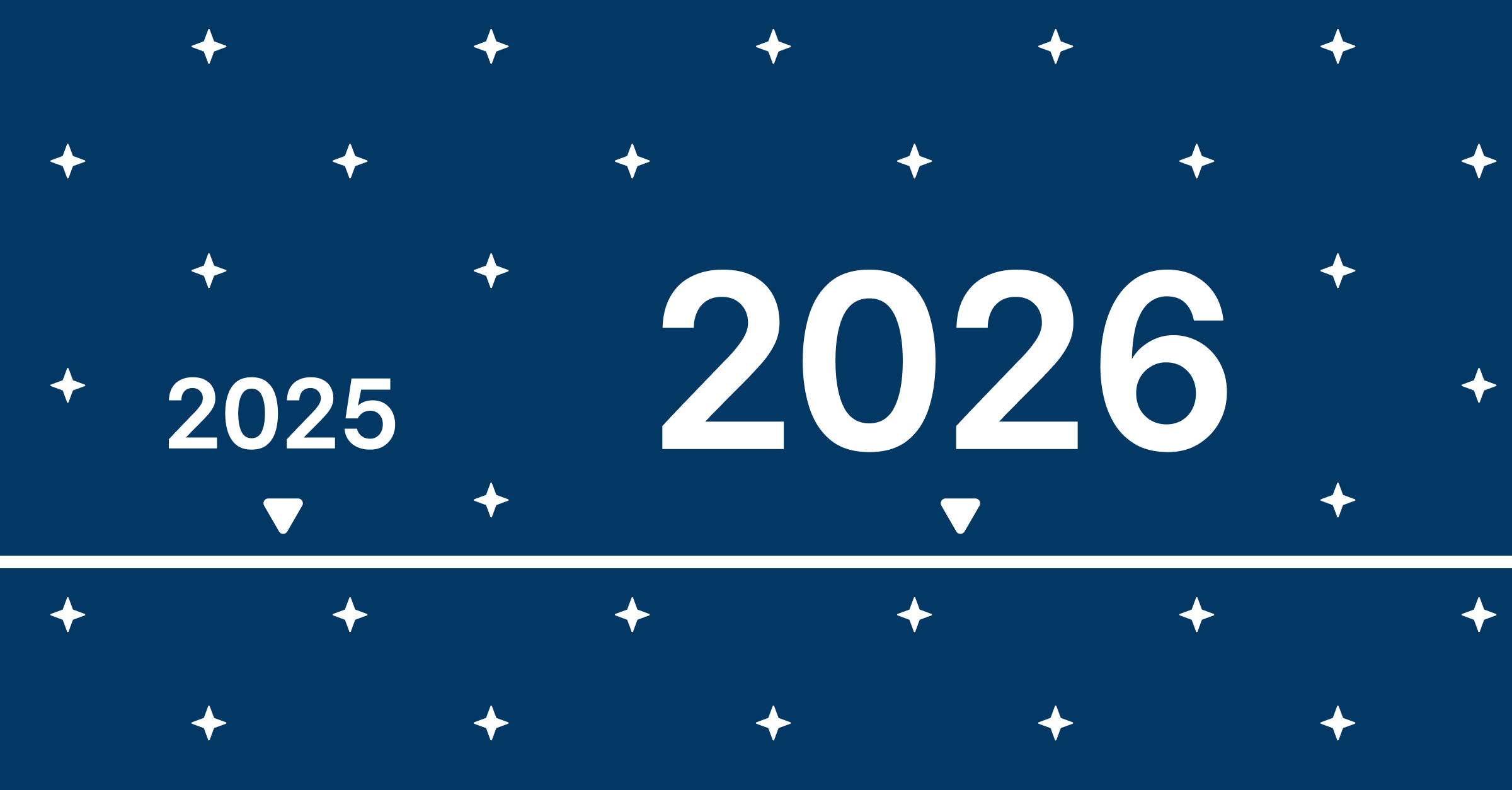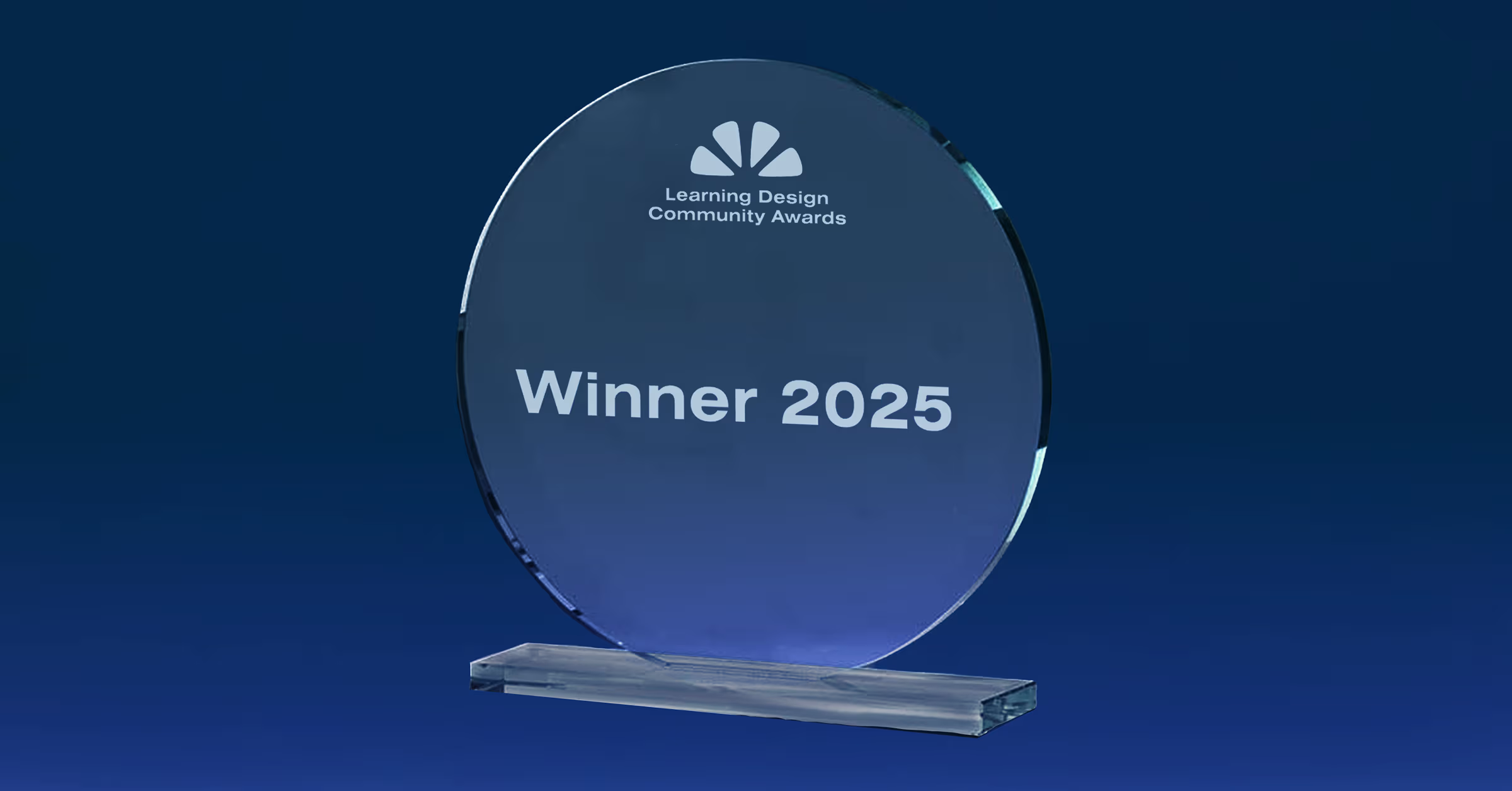Differentiated and Personalized learning: Best strategies for implementation in hybrid classrooms
The abrupt online transition over the past two years has prompted institutions to make many important realizations. Chief among these is the need to build an inclusive and accessible learning environment which addresses students’ diverse needs and mitigates learning barriers. Differentiated instruction and personalized learning have emerged as effective strategies to help institutions foster inclusivity and accessibility, but although these both share the same goal of addressing learning barriers, the two approaches differ in many ways.
So what is the difference between differentiated and personalized learning? And how can institutions optimize them in hybrid and online classrooms? These questions will be discussed in this article.

Differentiated instruction versus Personalised learning
Differentiated instruction allows instructors to adjust different aspects of their courses: curriculum, assessment, learning activities, and so on to the learning needs of all students. In other words, this pedagogical approach aims to tailor the instructions for each student so they can meet the identified learning goals.
Personalized learning also aims to address the diversity in students’ learning needs and interests. In this approach, students take ownership of their own learning by constructing their own educational pathway, from learning goals, activities to assessment.
According to the International Society for Technology in Education (ISTE):
“Instead of education being something that happens to the learner, it is something that occurs as a result of what the student is doing, with the intent of creating engaged students who have truly learned how to learn.”
Differentiated and Personalized learning: What is the difference?
While differentiated instruction keeps instructors as the drivers in adapting the lessons to address different students’ needs, personalized learning emphasizes student’s agency and autonomy in crafting their education. The table below sums up the key distinctions between these two approaches:
How to implement differentiated instruction and personalized learning
Differentiated and personalized learning are considered dynamic enhancement to the classroom, rather than a replacement. However, it can be challenging to allocate enough time and resources to either differentiate instructions and personalize learning experiences [1] [2]. This is where pedagogical technology comes in: presenting endless potential to transform course designs, while saving time in creating and facilitating learning activities [1]. Instructors can utilize many teaching tools in different aspects of the lesson planning, from content creation, delivery, grouping, assignments design to assessment.
So how can digital tools be leveraged to implement differentiated and personalized instruction effectively, especially when hybrid and online learning will persist in the upcoming semesters and beyond? Read on and explore some of the best practices to create differentiated and personalized learning environments, with the aid of technology.
1. Understanding different learning needs
“Differentiation doesn’t ask teachers to begin by individualizing instruction…. It asks teachers to look for patterns of need.”
Carol Ann Tomlinson, Professor at the University of Virginia's Curry School of Education emphasizes the importance of understanding students’ needs before adapting teaching instruction. Differentiated instruction requires instructors to “get to know” their students in 3 aspects namely [3] [4]:
Readiness refers to learners’ current knowledge and skills regarding the subject matter. To measure this, instructors can issue knowledge tests via online quiz tools at the beginning of the courses. Some suggestions for assessment tools are: Kahoot, Survey Monkey, FeedbackFruits Quiz tool.
Interest involves the topics, activities, or assessment types that trigger students’ curiosity and motivate them to participate in the learning process. An online survey is an effective method to collect this information, which can be easily created and distributed with several tools like Survey Monkey, Google Forms, and so on.
Learning profile describes the learning preferences, physical and social factors that influence students’ knowledge uptake. Instructors can build learners’ learning profiles by sending out questionnaires, or setting up a discussion forum where students can share some interesting facts about themselves.
Personalized learning, similarly, requires instructors to really understand the diversity in backgrounds, learning preferences and barriers of the students. Doing this allows for making informed decisions on course design.
2. Balancing formative and summative assessment
A key determinant for successful differentiation and personalization lies in “the constant flow of data from student work” [1]. By continuously measuring and recording students’ performance and progress, instructors can gain valuable input to adjust and tailor the tasks to be more engaging, motivating, and accessible.
A combination of summative and formative assessments is essential to help instructors collect these inputs. While formative assessment informs what still needs to be done to achieve the learning goals, summative assessment measures how well the objectives have been reached.
And with different teaching tools, instructors can effectively adopt a mixed-assessment approach. This article shares 5 effective strategies to smoothly integrate both summative and formative assessment in hybrid and online learning to generate valuable input for decision-making.
3. Providing continuous, quality feedback
The ultimate goal of differentiation and personalization is to create an inclusive and accessible learning environment where students can develop their learning path. But to achieve this, students first need to learn how to critically evaluate and reflect on peers’ and their own performance. Feedback is therefore crucial to stimulate such skills.
Quality, descriptive, and actionable feedback guides both instructors and students to identify the knowledge gaps then timely make improvements. Furthermore, feedback should happen at different levels (Task/Product, Process, Self-Regulation and the Self), and from all learning stakeholders (teacher-student, student-student, and self evaluation).
So how can technology play a part in issuing quality, multi-layer feedback? FeedbackFruits offers plenty of options:
The Automated Feedback tool harnesses the power of artificial intelligence to provide feedback on students’ academic writing skills. This LMS plug-in enables students to receive almost-instant formative feedback at lower-order writing aspects like grammar, spelling, punctuation, and references, based on criteria set by teachers. Students can iterate on their assignments before they hand in a final version, incorporating the actionable, inline AI-generated feedback suggestions as much as they like. At the same time, instructors reduce the reviewing workload to focus on the higher-order aspects of writing like argumentation, and reasoning.
To facilitate teacher-student feedback, Assignment Review and Skill Review let instructors give feedback on assignments and skills based on feedback criteria. The tools transform the traditional feedback process into a two-way dialogue by allowing students to respond to teachers’ feedback. This way, students can understand what criteria their work is assessed on and reflect on the given feedback better. Moreover, you can scale the assessment process by reusing your feedback comments.
FeedbackFruits Peer Review is the tool for peer feedback and peer learning, allowing teachers to create assignments for students to provide feedback on their peers’ deliverables, while at the same time reflecting on the received feedback to improve their own drafts. Furthermore, instructors can set up a self-assessment step during the peer review process in which students critically review their own contribution before assessing others’, based on the same criteria.
4. Implementing flexible grouping and collaboration methods
Another essential element of differentiated learning is flexible grouping when issuing team activities. There is no better way to address learning barriers and diversity than letting students gather in collaborative activities. Working with peers allows learners to compliment each other in many ways: knowledge, skills, learning preferences, and perspectives. Furthermore, collaborative working environments aid in the cultivation of teamwork, leadership, and critical thinking, which are the desired skills in real life.
To optimize the positive impact of group work, a variety of grouping methods should be utilized to meet the different needs of students. Instructors can create peer pairs, small or large groups, groups of students with similar (homogenous) or different (heterogeneous) learning needs [3]. Whichever arrangement is used, it should always consider students’ profiles established via the needs analysis, and remain dynamic throughout the course.
In hybrid and online classrooms, instructors can rely on several e-learning tools to optimize the grouping process. For random, heterogeneous group formation, Instant Classroom Group Maker, Random Group Generator, or Wheel Decide are among the prominent names you can rely on.
5. Varying the ways that students receive, interact with, and produce content
Not every student understands and accumulates the subject matter in the same way. That’s why it is vital to vary methods and formats through which the knowledge is consumed, processed, and applied [1] [2]. Instead of traditional written documents, instructors can use recordings, videos, or presentations as vessels to deliver the intended content. Furthermore, replacing traditional lectures with group activities, annotations, discussion boards, and such critically motivate students of different learning styles. As for the assessment practices, students should be encouraged to demonstrate their knowledge and skills under different forms. like presentation, journals, poster creation, or podcast making.
Again, there are many easy-to-use tools that enable instructors to generate multimedia content, activities and assessment practices that suit the varied needs of learners, and FeedbackFruits tools are among these. Interactive Study Material and Comprehension optimize the annotation method by letting teachers upload documents, audios, or videos, then add in-line questions or discussion points to stimulate meaningful interactions, engagement, and understanding. Discussion tools helps create an online symposium, in which students can upload their final assignments and engage in discussion about their own work and that of others.
6. Design authentic learning experiences
“One of our goals as educators is not specifically just to deliver content, but to help create environments where students can learn.” - Andrew Feinstein, lecturer at Fort Hays State University
And one of the pillars to cultivate a “student-centered teaching and learning” space is to provide authentic learning experiences. To design authentic learning space that nurture and stimulate the transfer of knowledge and skills, Anthony and Jan Herrington proposed several strategies in their book “What is an authentic learning environment”:
An authentic context that reflects the way the knowledge will be used in real life exposes students to varied perspectives and opportunities to develop lifelong skills. Instructors can design authentic context in online/hybrid classrooms via content delivery, activities, and assessment.
Authentic activities in which students complete real-world relevant tasks allow learners to apply the learned knowledge, while developing skills such as problem solving, team work, and critical thinking. For example, NHL Stenden University of Applied Sciences adopted a design-based education approach, in which students work in groups to address a problem then come up with a final product to present to real clients .
Access to expert performances and the modeling of processes encourages students to develop a clear understanding of how they should perform, and also identify the good points to follow and mistakes to avoid. The required skill or performance can be modeled within a real-life context to represent an expert performance. For example, a published academic article can be an example for students when drafting their own research reports.
Multiple roles and perspectives presented through the learning process enable students to examine problems from different stakeholders’ viewpoints, and critically investigate the presented issue to come up with solutions. Instructors can
Collaborative construction of knowledge is critical in addressing students' learning barriers and diversity. Collaboration can be stimulated through appropriate tasks and communication technology. For example, online discussion boards and forums can be used to foster meaningful dialogues and joint problem solving efforts.
Reflection enables students’ awareness over their own performance and stimulates action points. Reflective activities can be provided via expert modeling, collaborative learning, and feedback.
Articulation refers to opportunities where students can elaborate, explain, and defend their ideas and positions. In an authentic learning space, instructors should create moments for learners to present and defend their arguments in online forums, and conferences.
Coaching and scaffolding should come from both instructors and learners, and can be facilitated via collaborative learning, feedback, and interactive activities. For example, online annotation of study materials is an effective method to stimulate and scaffold students’ understanding of the content. .
Authentic assessment focuses on measuring students' success in skill-relevant and real-life situations. For an assessment to be considered authentic, it needs to involve realistic, real-life situations, deliver clear objectives and goals, allow for collaboration and teamwork, take the form of formative assessment, and encourage feedback and reflection.
For further insights into designing authentic learning spaces, check out Dr. Feldstein's full presentation.
Differentiated instruction and Personalized learning in action at South Plains College
The emergency switch to online education has presented many institutions, including South Plains College’s English department, with a great challenge: to ensure an inclusive, accessible learning environment which stimulates quality feedback, meaningful interactions, and collaboration.
With the view to offer a personalized learning experience for students, Sharon Race – Head of Department for English and Buffy Ratten – Assistant Professor of English at South Plains College, sought innovative ways to enable both student-student and student-content interaction in online settings. FeedbackFruits Tool Suite was then chosen due to its proven capacity to accommodate differentiation and personalization.
Sharon and Buffy adopted the tool suite in their Composition I & II classes, which focus on English language and critical thinking skills of undergraduates. These courses feature both synchronous and asynchronous sessions, where students undergo a number of writing, comprehension, and feedback assignments. Several feedback tools were incorporated into each assignment: Peer Review for peer feedback on draft essays; Interactive Study Materials for videos and text annotation; Comprehension for guiding students in reading texts; and Discussion for both text analyses and social interactions.
The integration of these tools throughout the course greatly enhanced the education quality, remarked both instructors and students. The user-friendly and intuitive interface of the tools made it easy for all students to master and navigate throughout the activities. At the same time, learners were presented with multimedia content, learning activities, and assessment practices that suited their needs and interests. Another advantage was the access to student analytics, which shows learners’ progress and performance for each activity. Such insights allow instructors to identify the knowledge gaps or challenges, and to tailor the curriculum accordingly.
You can learn more about Sharon and Buffy’s story in their latest interview with us, which was also documented in the form of a use case here.
References
[1] Grant, P., & Basye, D. (2014). Personalized learning: A guide for engaging students with technology. International Society for Technology in Education.
[2] Herrington, A., & Herrington, J. (2005). Authentic learning environments in higher education. IGI Global.
[2] Shak, N. (2018, August 6). Personalized learning and differentiated instruction: A breakdown. Edulastic Blog. Link.
[3] The IRIS Center. (2010). Differentiated instruction: Maximizing the learning of all students. Retrieved from https://iris.peabody.vanderbilt.edu/module/di/
[4] Tucker, G. C. (n.d.). What is differentiated instruction? Understood - For learning and thinking differences. Link.
















![[New] Competency-Based Assessment](https://no-cache.hubspot.com/cta/default/3782716/interactive-146849337207.png)










